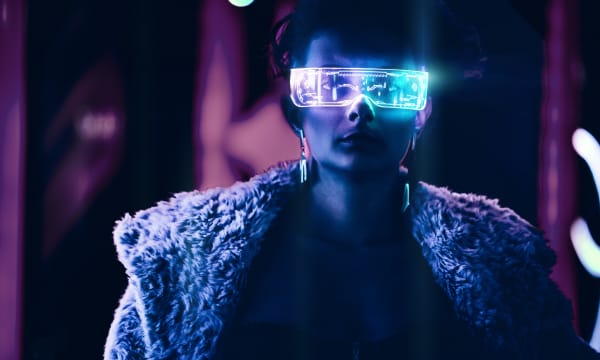So, what sort of things will Santa’s modern elven workforce be learning to programme? Video games? Well, yes. But even here we see a new world emerging.
Video games were a big part of the Christmasses of my childhood, too. But they were still very much a physical thing. The excitement was all about finding that new console, be it a Gameboy, a Megadrive, a Super Nintendo or the original Playstation, or a new stack of game cartridges wrapped up under the Christmas tree.
Today’s youngsters already have a different relationship with video games. For one, they play on multiple devices - not just consoles and PCs, but tablets and mobiles, too. The way they access games is also very different these days - not through physical disks and cartridges, but via the shared digital realms of the cloud and, increasingly, the metaverse.
But the biggest change of all is the way that gaming has shifted the way youngsters view themselves.
The fact that 94% of 16 to 24 years olds say they are active gamers (we can guess at a similar figure for younger kids) is not too much of a surprise. But the fact that 51% of these young gamers say they consider their gaming avatar to be a part of their identity is hugely significant. It tells us that, through the time they spend in the cyber worlds of video games, youngsters view themselves as digital as well as physical beings. Part flesh and blood, part code.
The plot thickens. 51% of gamers say they have spent money on in-game items like cosmetics and skins. 64% of 16-24 year olds say that they would be interested in buying the same products for themselves as for their avatars.
That’s why we’re seeing the likes of Nike, Adidas and Gucci entering this brand new market by producing digital products for exclusive use in cyberspace. Believe it or not, you can buy a digital Gucci bag on the gaming platform Roblox - at a higher cost than it retails for in real-life.
This all may be news to Santa, but he needs to act fast. If children aren’t to be disappointed come Christmas morning, then it isn’t just video games and consoles his elves need to be creating in code - Christmas lists will soon be full of digital products for their avatars!


